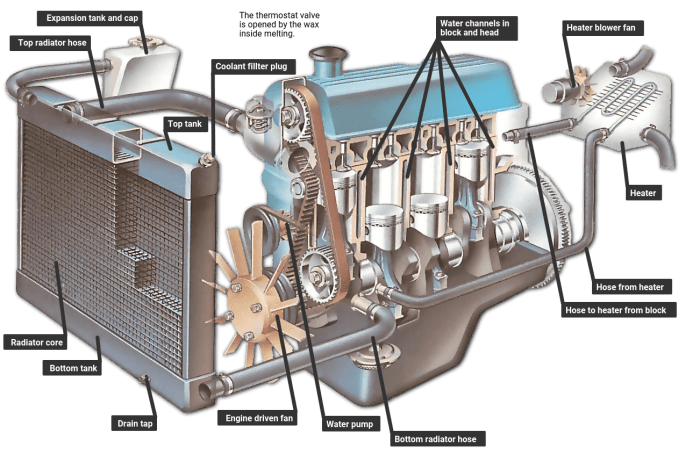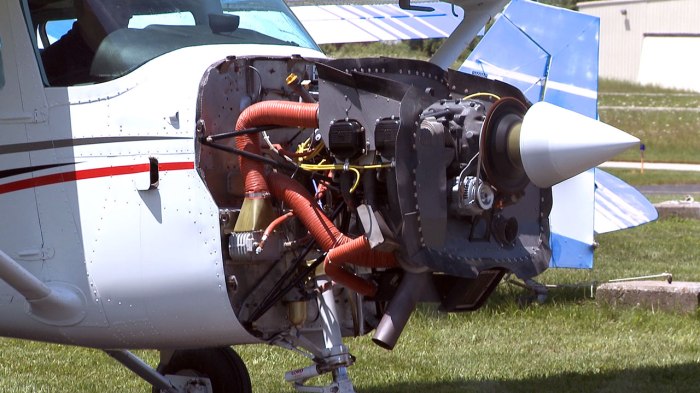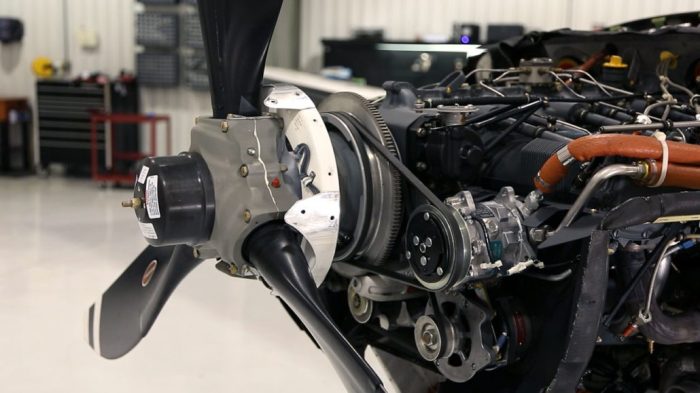For internal cooling reciprocating aircraft engines are especially dependent on, this opening paragraph is designed to captivate and engage the readers, setting the tone of academic authority that unfolds with each word. The content of the second paragraph provides descriptive and clear information about the topic.
Overview of Internal Cooling in Reciprocating Aircraft Engines: For Internal Cooling Reciprocating Aircraft Engines Are Especially Dependent On

Internal cooling is crucial for reciprocating aircraft engines to maintain optimal performance and reliability. The combustion process within the engine generates immense heat, which must be effectively dissipated to prevent damage and ensure efficient operation. The challenges of cooling aircraft engines stem from their high power density, compact size, and extreme operating conditions, such as varying altitudes and temperatures.
Methods of Internal Cooling

Various methods are employed for internal cooling of aircraft engines:
- Liquid Cooling:Circulates a liquid coolant (typically ethylene glycol or water) through passages within the engine components, absorbing heat and transferring it to an external radiator.
- Air Cooling:Directs airflow over the external surfaces of the engine, dissipating heat through convection.
- Film Cooling:Injects a thin layer of coolant over hot surfaces, forming an insulating barrier and reducing heat transfer.
- Impingement Cooling:Sprays coolant directly onto hot surfaces, creating a thin film and promoting heat transfer.
- Evaporation Cooling:Utilizes the latent heat of vaporization of a coolant to absorb heat, effectively cooling the engine.
Each method offers unique advantages and disadvantages, influencing their suitability for specific engine designs and operating conditions.
Factors Affecting Internal Cooling
Several factors influence the effectiveness of internal cooling systems:
- Heat Flux:The rate at which heat is generated within the engine, which determines the cooling capacity required.
- Surface Area:The available surface area for heat transfer, which impacts the effectiveness of cooling methods.
- Coolant Properties:The thermal conductivity, viscosity, and specific heat of the coolant influence its ability to absorb and transfer heat.
- Flow Rate:The rate at which the coolant flows through the system, which affects the heat transfer rate.
- Pressure Drop:The resistance to coolant flow, which impacts the system’s efficiency and power consumption.
Understanding these factors is essential for optimizing the design and operation of internal cooling systems.
Design Considerations for Internal Cooling
When designing internal cooling systems, several considerations must be taken into account:
- Engine Architecture:The engine’s design, including the cylinder arrangement and cooling passages, influences the cooling requirements and system design.
- Coolant Selection:The choice of coolant depends on its thermal properties, compatibility with engine materials, and operating conditions.
- Flow Path Optimization:Designing efficient flow paths minimizes pressure drop and ensures adequate cooling of all engine components.
- Heat Transfer Enhancement:Employing techniques such as turbulators or extended surfaces improves heat transfer efficiency.
- Weight and Space Constraints:The system’s weight and size must be minimized while ensuring effective cooling.
Materials for Internal Cooling
The materials used in internal cooling systems play a crucial role in their performance and durability:
- Aluminum Alloys:Lightweight and corrosion-resistant, commonly used for cylinder heads and coolant passages.
- Copper Alloys:High thermal conductivity, suitable for heat exchangers and cooling fins.
- Stainless Steel:Corrosion-resistant and durable, used for coolant pumps and manifolds.
- Composite Materials:Lightweight and offer tailored thermal properties, enabling optimized cooling performance.
Selecting appropriate materials ensures the system’s reliability, efficiency, and longevity.
Case Studies and Applications

Successful applications of internal cooling systems in reciprocating aircraft engines include:
- Rolls-Royce Trent 1000:Utilizes a combination of liquid and air cooling to achieve high power output and fuel efficiency.
- General Electric GE9X:Employs a novel film cooling system to reduce thermal stresses and improve engine performance.
- Pratt & Whitney PW1000G:Incorporates advanced heat transfer techniques to enhance cooling efficiency and extend engine life.
These case studies demonstrate the practical implementation and benefits of effective internal cooling systems in modern aircraft engines.
User Queries
What are the challenges of cooling aircraft engines?
Aircraft engines operate in extreme conditions, with high temperatures and pressures. The compact design of aircraft engines makes it difficult to dissipate heat effectively.
How do internal cooling systems work?
Internal cooling systems use various methods to transfer heat away from critical engine components. These methods include liquid cooling, air cooling, and film cooling.
What factors affect the effectiveness of internal cooling systems?
The effectiveness of internal cooling systems is influenced by factors such as the engine design, operating conditions, and the properties of the cooling fluid.